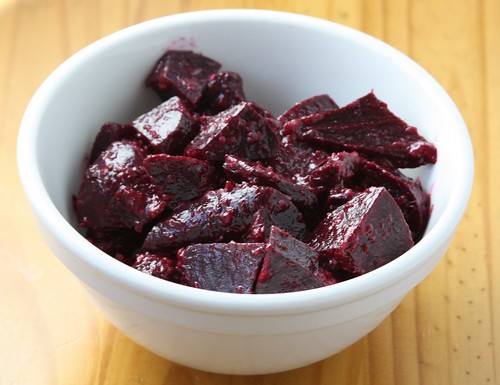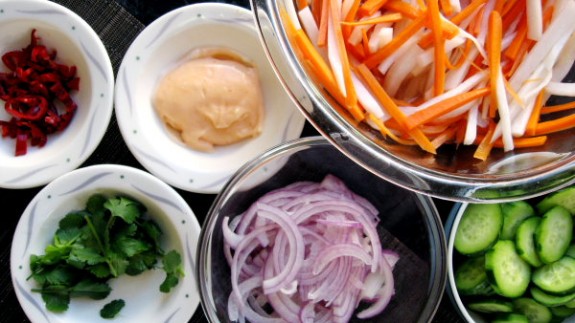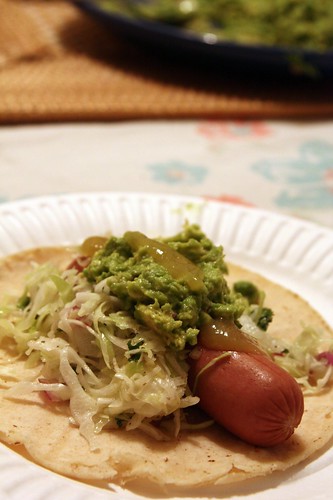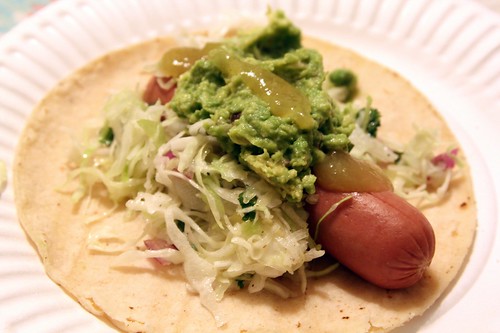
There are little stories we tell ourselves to make it past the little things we do that might not be so noble. The guilt associated with a late night ice cream run is easily assuaged by the internal voice of you deserve it and who’s gonna know?
Then there are other little lies we tell, like when you bump a car on your way out of a parking space and the voice in your head tells you, it’s not your fault. They were parked too close. Cut in front of someone in line and the voice barks, what’s their problem? Why were they dawdling?
In the world of blogging there are plenty of white lies people tell themselves to get away with certain things. Why can’t I write about this box of food they gave me? Who says I have to say I got it for free? The borrowed phrase, the lifted post, the stolen photo it happens every day. Writers, bloggers, and photographers stumble upon instances where strangers with a need for content have taken what they want without regard for others. Who’s gonna care? I’m not making money off this blog. Perhaps people steal content out of pure ignorance, but maybe people know better and convince themselves otherwise, with their own set of little white lies.
I like to think of myself as a somewhat intelligent person. But sometimes, I think my brain is as thick as a brick. Things that are obvious to some people take me a while to figure out. Which is why, when I started blogging, I decided to spend a lot of time reading up on what other bloggers did and how they thought things should be done.
I was uncertain on the rules of what was proper and what was not. If a story inspired me to write a post I wasn’t sure if I needed to link back in order to acknowledge how they motivated me. Maybe I didn’t use their words, but their ideas inspired me. Isn’t that a kind of borrowing? There were recipes I tried out and modified, but I wasn’t sure how to proceed. I wasn’t sure how much of the recipe was theirs and how much of it was mine. I searched the internet for information that would educate me on what was fair and reasonable, and what was considered downright wrong.
Thick as a brick
Over time I began to understand the basics. I learned:
—Don’t use any photographs that aren’t yours (unless the photographer says it’s okay).
—Attribute recipes to the original source, even if the recipe is modified.
—Link back to stories and sources that are referenced within the text.
Okay, so those are some pretty obvious rules, right? But then why did Saveur Magazine use (steal) one of my photos without asking for my permission? Why did they fail to give me proper attribution? I look forward to getting the answer from their online editor (to be continued, I hope), but I can only guess the writer that contributed the story told himself a little white lie that putting the name of my blog and offering no link was attribution enough. Should I be mad? Yes. Have I learned something? Yes. We all make mistakes.
I recently stepped into a bit of an ethical mud pie when I started work on a freelance article. I didn’t see it at the time, but the story was too close to my personal life to write about it. It took a serious nudge for me to realize–light dawns on marble head!—that I had written a biased piece. Once I saw how flawed my choice was, I was embarrassed. I told myself a little white lie about how my proximity had nothing to do with the story and I believed it. I was ashamed at my own lack of judgment and my ability to see the truth. I felt like I had kicked myself in the chest.
It took me a while to dust myself off and get my thick as a brick head on straight, but I think I have a much better understanding of what I need to do. There are easy to understand rules of etiquette of online writing, and there are slippery slope ethical issues that blur and bend the more you look at them. Freebies, bias, and lack of transparency are all issues that require thoughtful consideration, daily. I can’t allow myself to get caught up in the rush to tell stories without contemplating all the potential pitfalls.
As someone that has publicly stated a desire to uphold a higher standard in on line writing, I should know better. The thing is, I am flawed. I am like every other human out there, I make mistakes.
In the world of what’s right and what’s wrong in writing—both online and on the page—there are a whole lot of in between areas and spots that come in and out of focus. The topic of ethics in social media, self-publishing (blogging) and journalism is a constantly morphing. Maintaining a code of ethics requires time, thought, and lots of soul searching.
It’s easy to have high ideals. But actively upholding all of those ideals is something much more difficult. We are flawed individuals. Mistakes will be made. Whether or not we learn from those mistakes is our choice.
“May he without any fault cast the first stone,” a famous religious figure once said. I say, take more than a moment to consider if you’ve told yourself a little white lie before you hit publish.
[print_link]

Thick as a brick chicken (AKA Chicken al Mattone)
Inspired by a recipe from Sfoglia Restaurant as published in this month’s Bon Appetit
1 3-pound chicken
1-2 tbs of kosher salt
2 lemons, juiced
3 tbs olive oil
4 tbs chopped parsley
2 garlic cloves, chopped
fresh rosemary
black pepper
special equipment
a tinfoil wrapped brick
Using a sharp pair of kitchen scissors, cut as close to the back bone–from the butt end of the bird to the neck—as possible. Repeat the process on the other side to remove the back bone. Reserve the back bone and neck for stock. Rinse the bird and dry thoroughly with paper towels.
Using a sheet tray, open the chicken up like a book–making sure to put the cavity of the bird down onto the tray. Drizzle the bird with half the juice of the lemon, the sliced garlic, rosemary (2 sprigs worth, removed from the twig) 2 tbs of olive oil and 2 tbs of parsley. Cover and refrigerate over night.
When ready preheat the oven to 400º. Sprinkle the chicken with a tsp. of kosher salt and black pepper. Heat the remaining olive oil in a skillet over medium high heat. When the oil shimmers (and isn’t smoking) add the chicken, skin side down (this will take a little adjusting of the legs of the chicken). Cook until golden brown or approximately 6-7 minutes. Place the tinfoil wrapped brick onto the chicken and place in the oven in the middle rack. Roast for thirty minutes. Remove brick and chicken from the oven. Flip the bird over and replace the brick on the chicken. Cook for another 15 minutes or so—or to the point that an internal thermometer reads 165º. Remove the chicken and its brick from the oven. Place the chicken on a platter. Drizzle chicken with the remaining lemon juice and remaining rosemary. For an extra kick sprinkle with hot chili flakes.




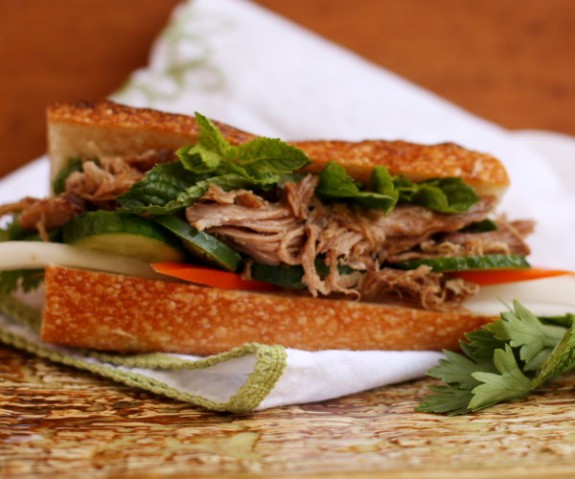
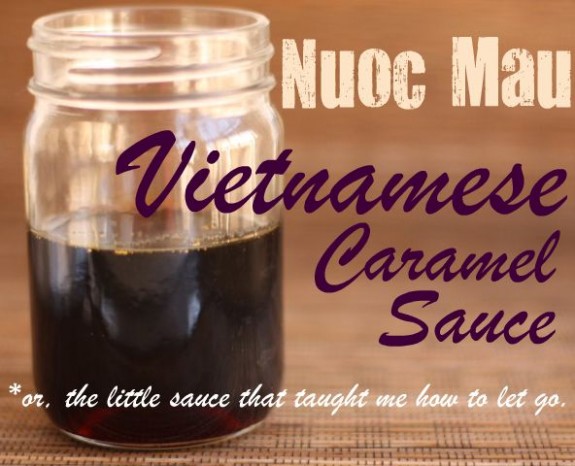
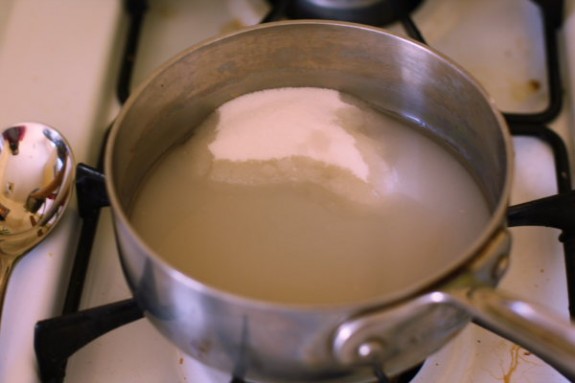
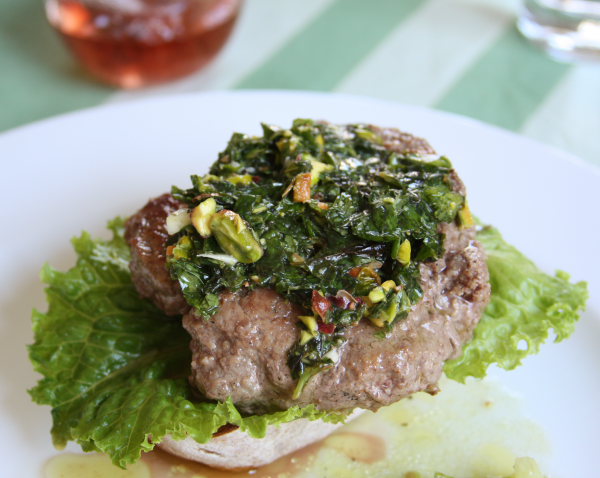
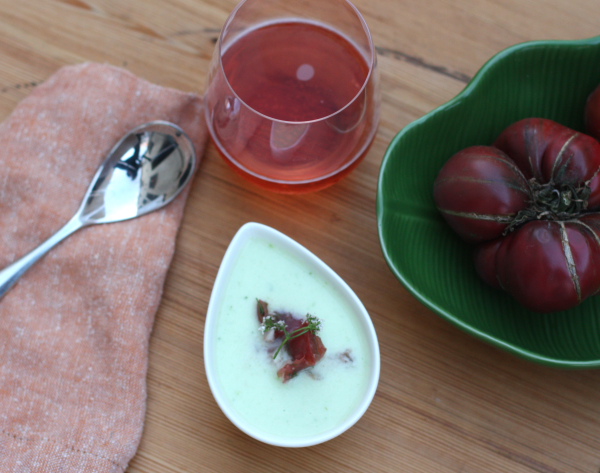
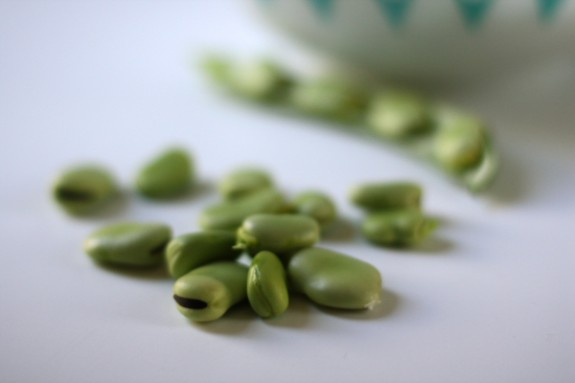
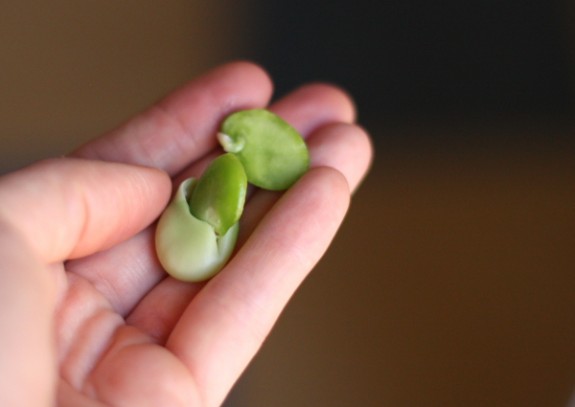


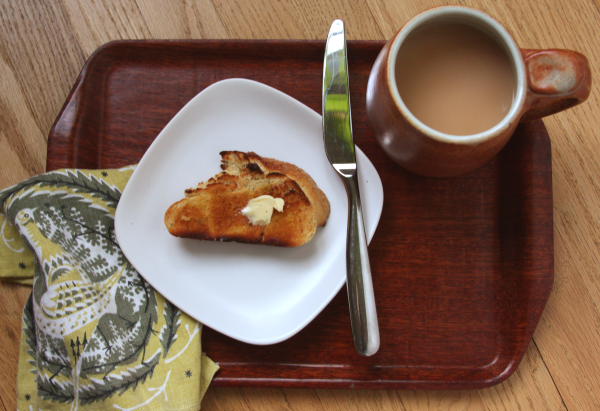
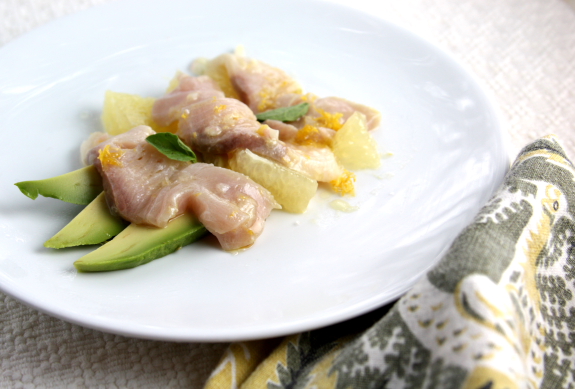
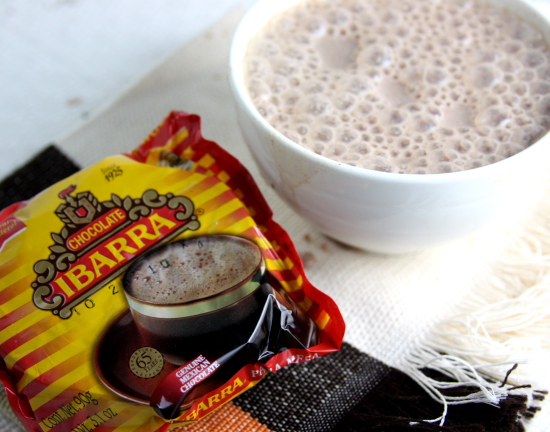
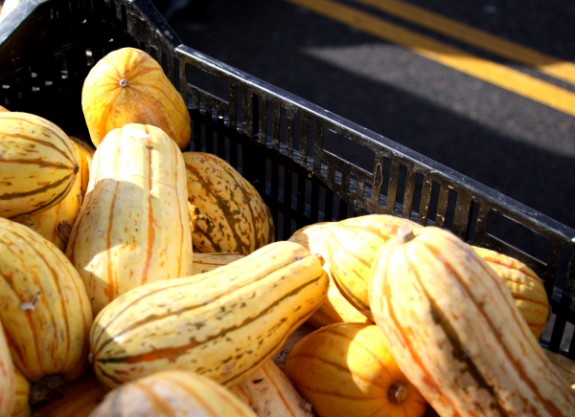
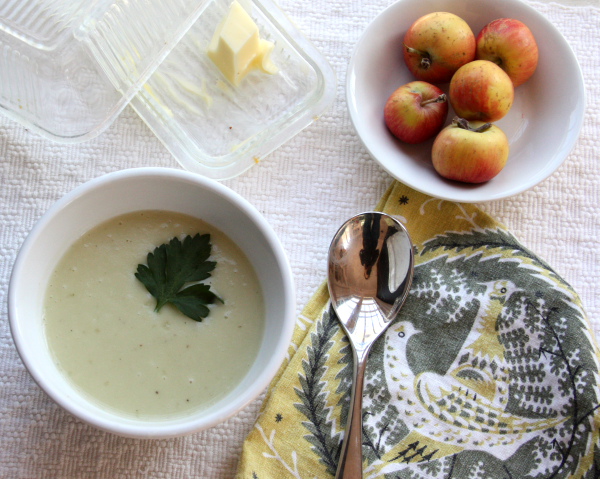
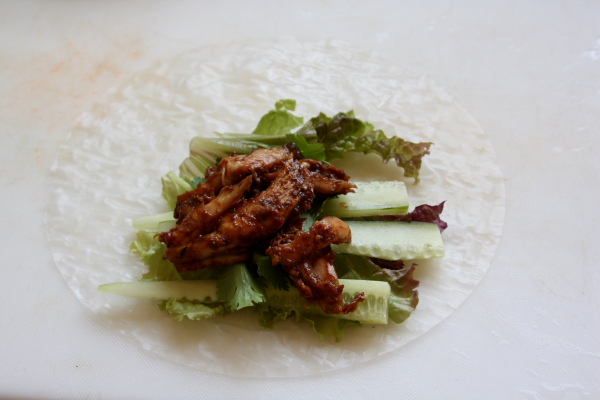
.jpg)

.jpg)

